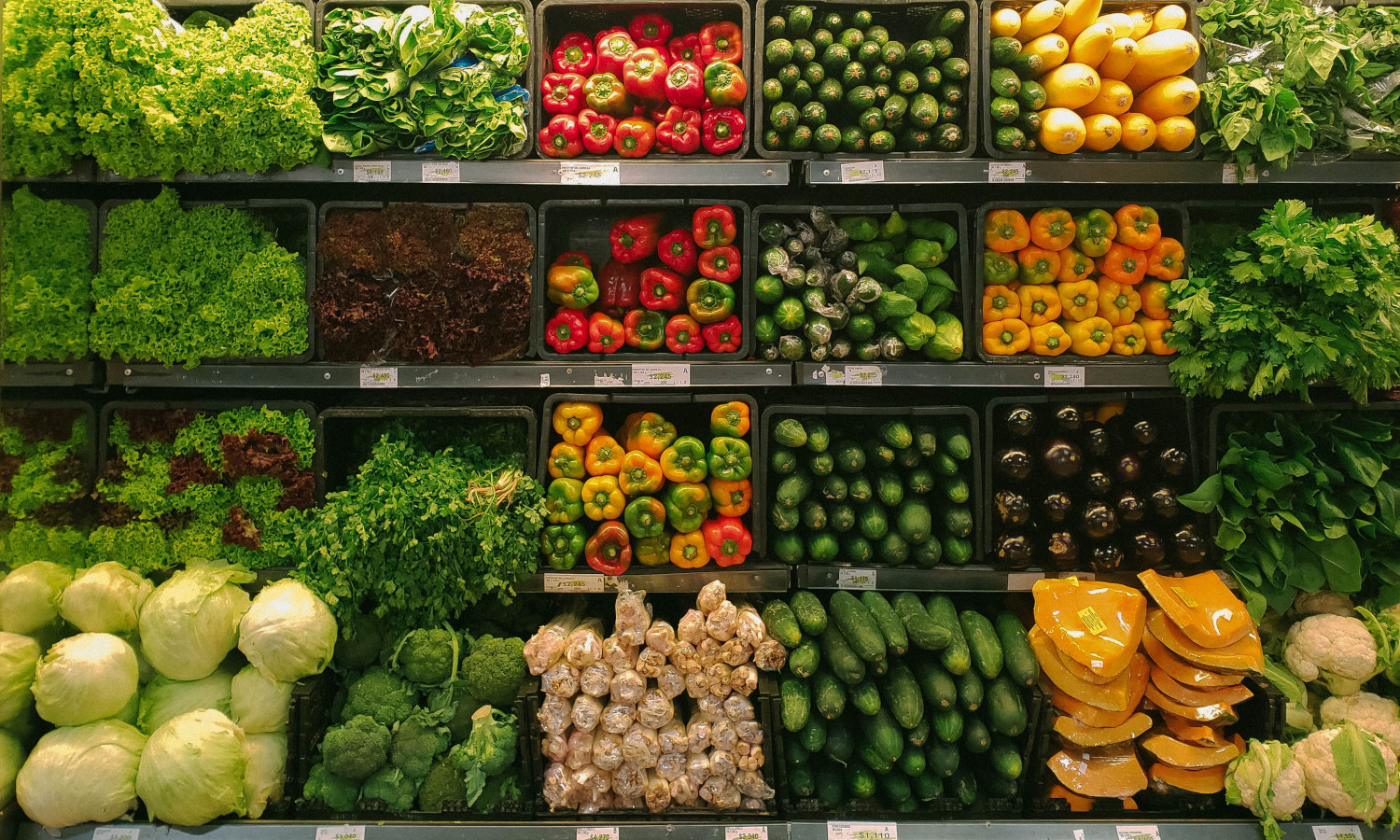
In 2018, the United States generated 35.7 million tons of plastics, according to the U.S. Environmental Protection Agency (EPA). That’s the equivalent of approximately 6.1 million male elephants, each weighing six tons – or 13,000 pounds. As of 2018, over 75 percent of plastics produced in the U.S. ended up in the landfill. And according to research published in Our World in Data, plastic packaging is the leading source of global plastic waste generation.
“Food waste and food safety are among the major concerns in our society, especially in the period of COVID-19,” Huibin Chang, a research associate in bioengineering at Harvard University who was involved in the development of the wrapper, tells Food Tank. Chang explains that most food wrappers today are non-biodegradable, leading to environmental pollution.
The spray on wrapper’s main ingredient is pullulan, an edible fiber that the U.S. Food and Drug Administration (FDA) “generally recognize[s] as safe” (GRAS). The mixture of the biodegradable polymer and non-toxic solvents can be rinsed off with water.
“The goal of [the spray-on wrapper] project is to improve the shelf-life of foods with less amount [of] antimicrobial coatings using green processes,” Chang tells Food Tank.
But Nishad Jayasundara, an environmental toxicologist at Duke University who was not involved in the study, wants to see further research into how these materials breakdown and their environmental impact. According to Jayasundra, additional research is needed to determine whether the ‘rinsing’ method of disposal of the spray-on wrapper causes the initial nontoxic materials to break down in potentially harmful ways.
The spray-on wrapper is still in its early stage of technological development, but the Rutgers research team intends to scale up the process. They want to ensure that the wrapper is cost-efficient and suitable to current industry equipment standards. The researchers will then begin marketing the wrapper to companies and customers who are willing to absorb the relatively higher costs of the innovation.
Ritva Krist, Marketing Manager at German startup, traceless, tells Food Tank that “the spray-on wrapper is a very promising invention with great potential to create an impact.” Traceless creates sustainable packaging alternatives to conventional plastics and bioplastics that can be integrated into the natural material cycle. The company’s goal is to replace plastic in as many products as possible to reduce the amount of plastic that ends up in nature, Krist tells Food Tank.
She emphasizes, however, that more than one solution is needed to minimize our plastic packaging consumption. “To see developments like the new spray-on wrapper gives us motivation and belief that together, we can create a world without pollution and waste.”
Krist tells Food Tank that not all alternatives to plastic packaging are as sustainable as many companies claim, which results in confusion amongst consumers and leads to “skepticism and impaired acceptance, especially for bioplastic solutions.”
A recent study conducted in the United Kingdom assessing the impact and effectiveness of biodegradable and compostable plastics in UK home composting found that 60 percent of ‘compostable packaging’ does not fully disintegrate in home compost. Additionally, labeling plastic alternatives as ‘sustainable’ doesn’t account for the resources and energy that are required to produce these forms of packaging.
And Beyond Plastics, a nationwide project based at Bennington College in Bennington, Vermont reports that many compostable and bioplastics generate more greenhouse gas emissions than plastic, while often also relying on toxic per- and polyfluoroalkyl substances (PFAS) – also known as ‘forever chemicals.’ Meanwhile, only 9 percent of global plastics are recycled, according to a paper published in Science Advances. Challenges of dealing with different standards of plastic, costs associated with recycling, and degradation of quality every time plastic is melted down during the recycling process all contribute to this low rate.
To help consumers navigate the numerous plastic food packaging alternatives, labels, and certificates, Krist tells Food Tank that communication and marketing around new, sustainable alternatives to plastic packaging needs to be much clearer. She says this includes strengthening the multi-use of products, scaling up recycling, and improving waste collection and disposal systems. Krist also says it’s important to adopt more compostable and holistically sustainable material alternatives that don’t emit additional carbon dioxide when they’re incinerated—particularly for packaging that’s non-recyclable.







